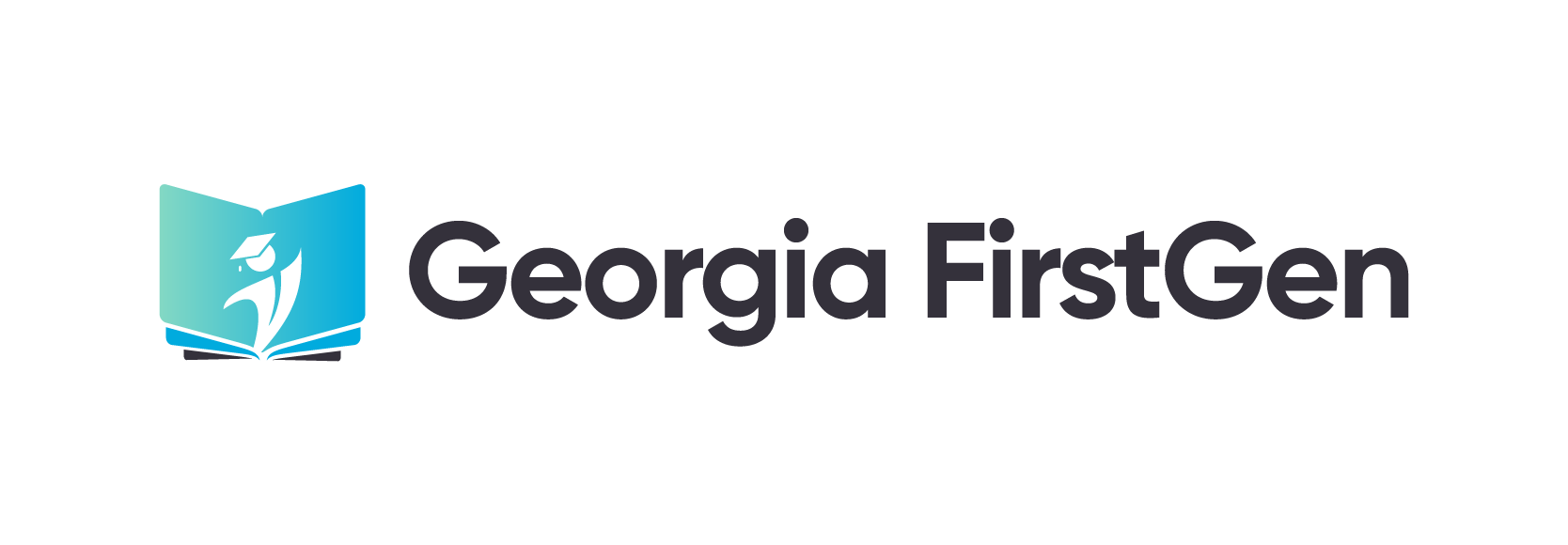Stepping into College: Direct Subsidized Loans vs. Direct Unsubsidized Loans
- Nick Fernandez

- Aug 10, 2023
- 3 min read

Are you a student considering your higher education financing options? Federal student loans can be a valuable resource to help you achieve your academic goals without the immediate burden of high-interest loans. In this article, we'll provide you with a quick overview of two major types of federal loans: Direct Subsidized Loans and Direct Unsubsidized Loans. Understanding the differences between these loan types can help you make informed decisions about your financial future.
Direct Subsidized Loans: Support for Financial Need
Direct Subsidized Loans are tailored for undergraduate students with demonstrated financial need. Here's what you need to know about these loans:
Eligibility: These loans are available exclusively to undergraduate students who have financial need. To qualify, you must be enrolled at least half-time in a school that participates in the Direct Loan Program and is offering a degree or certificate program.
Borrowing Limit: The amount you can borrow is determined by your school, but it cannot exceed your financial need. This means that the loan amount will be calculated based on your cost of attendance minus any other financial aid you receive.
Interest Coverage: One of the most advantageous features of Direct Subsidized Loans is that the U.S. Department of Education pays the interest on the loan while you're in school at least half-time, during the first six months after you leave school (known as the grace period), and during deferment periods (when loan payments are postponed).
Direct Unsubsidized Loans: Flexibility for Various Students
Direct Unsubsidized Loans cater to both undergraduate and graduate students, and they do not require a demonstration of financial need. Here's an overview of these loans:
Eligibility: Unlike Direct Subsidized Loans, there is no requirement to demonstrate financial need. These loans are available to both undergraduate and graduate or professional degree-seeking students who are enrolled at least half-time in an eligible program.
Borrowing Limit: The amount you can borrow is determined by your school, considering your cost of attendance and any other financial aid you're receiving. While these loans offer more flexibility in terms of eligibility, it's crucial to borrow only what you truly need to avoid unnecessary debt.
Interest Responsibility: Unlike Direct Subsidized Loans, with Direct Unsubsidized Loans, you are responsible for paying the interest during all periods, including while you're in school and during grace periods.
Application Process: Getting Started
To apply for either a Direct Subsidized Loan or a Direct Unsubsidized Loan, you'll need to follow these steps:
Complete the FAFSA: The first step is to fill out the Free Application for Federal Student Aid (FAFSA) form. This form collects information about your financial situation and helps determine your eligibility for various forms of federal financial aid, including Direct Loans.
School Assessment: Your school will review the information from your FAFSA to determine the amount of student aid you're eligible to receive. This will include an evaluation of your financial need and the cost of attendance.
Loan Inclusion: If you're eligible for federal loans, they will typically be included in your financial aid package alongside grants, scholarships, and work-study opportunities.
Important Link: To start your financial aid journey, you can access the FAFSA application here.
Conclusion
As you embark on your educational journey, understanding your financial aid options is essential. Direct Subsidized Loans and Direct Unsubsidized Loans provide accessible pathways to higher education financing, each catering to specific needs and circumstances. By grasping the nuances of these loans and making informed choices, you can make the most of your academic experience without undue financial stress. Remember, it's wise to only borrow what you genuinely need, and proactive financial planning is a key to a successful academic and financial future.




Comments